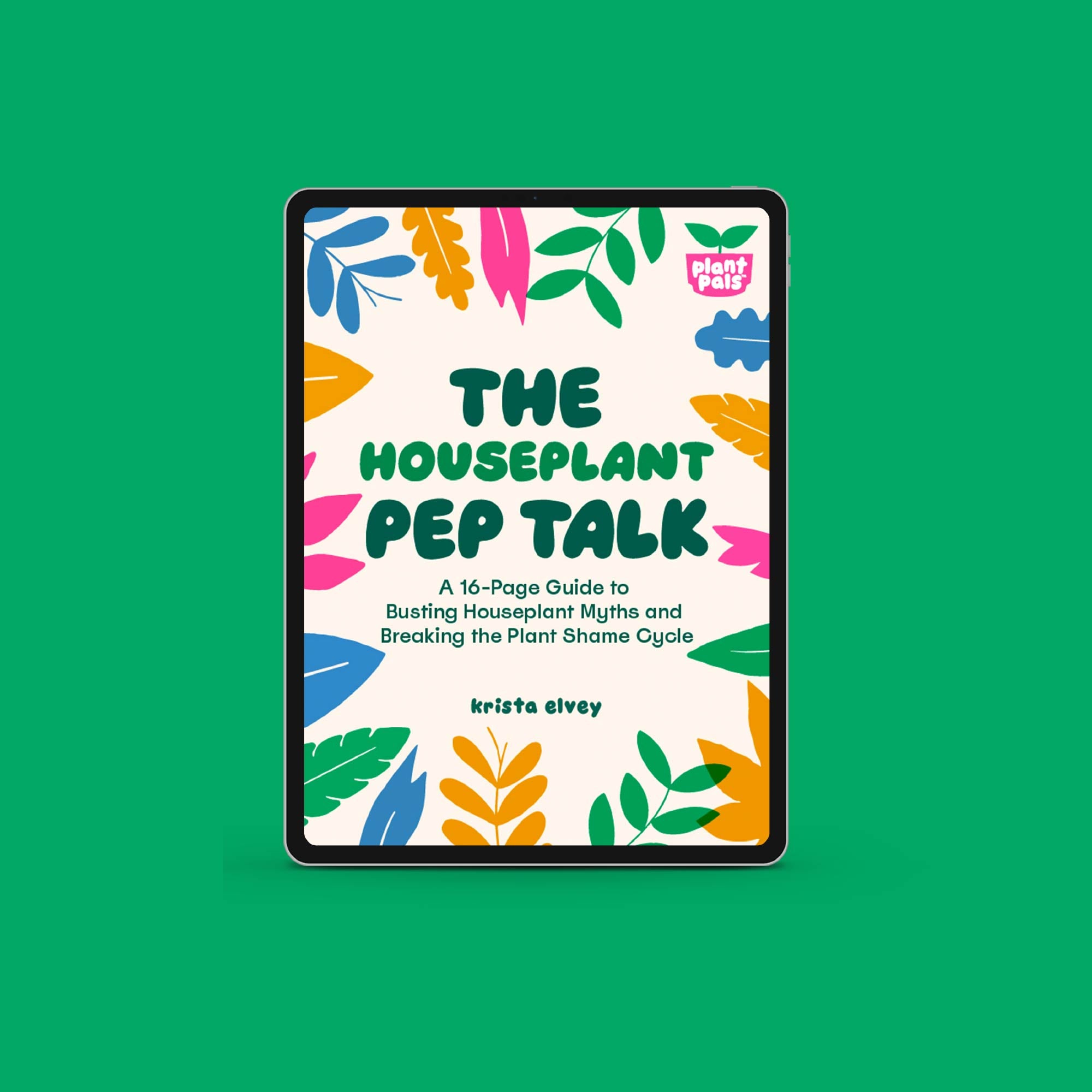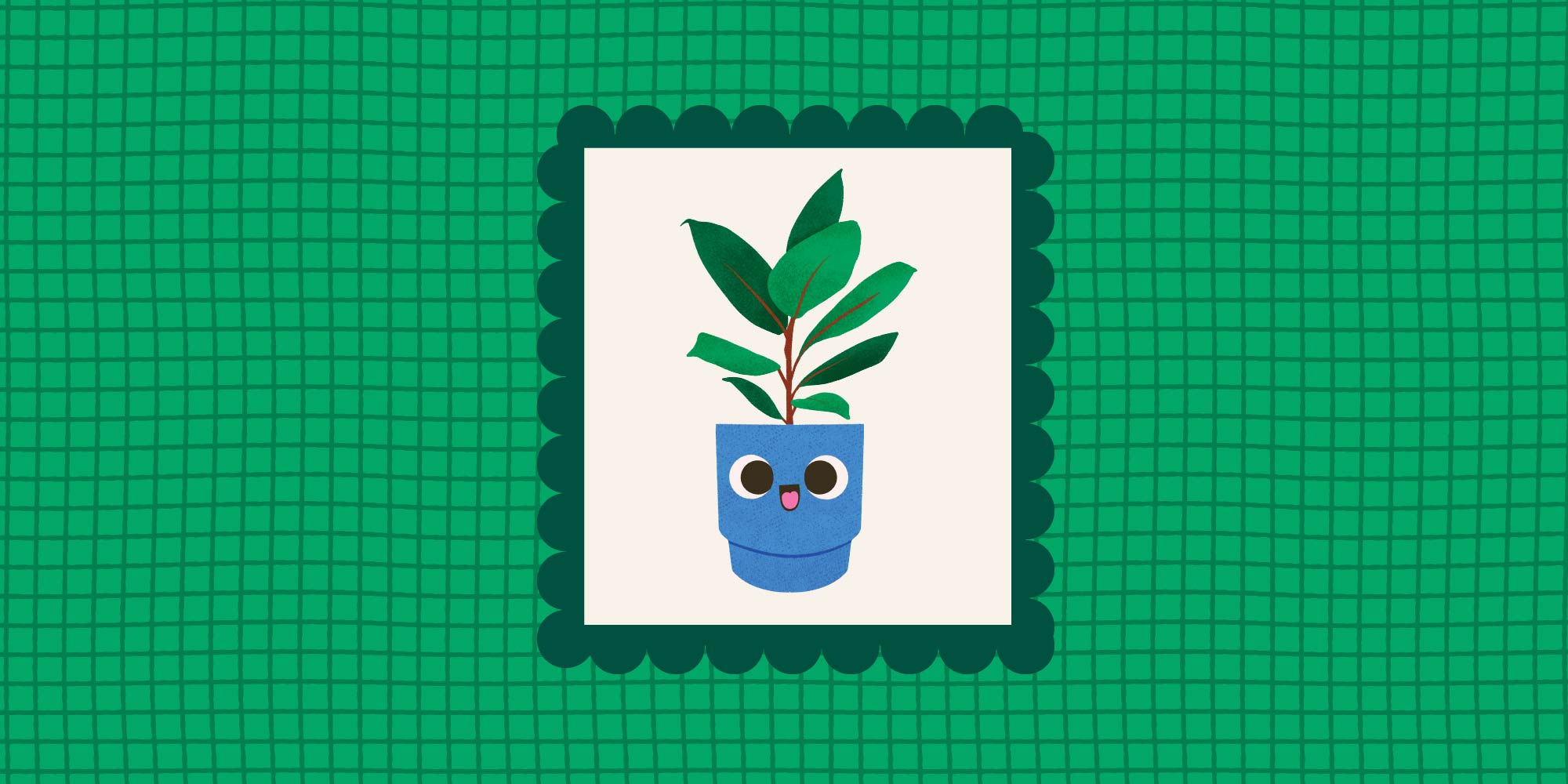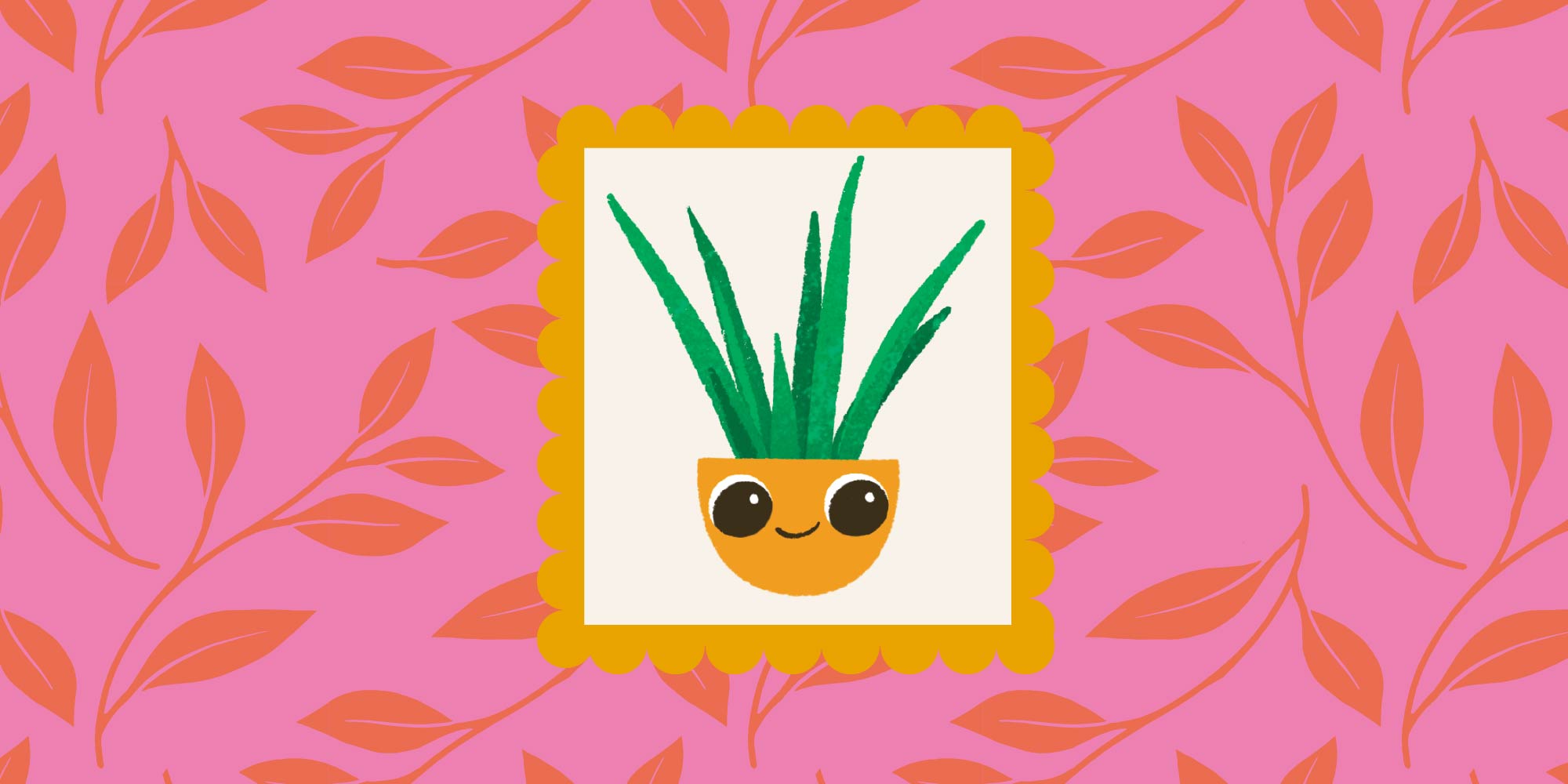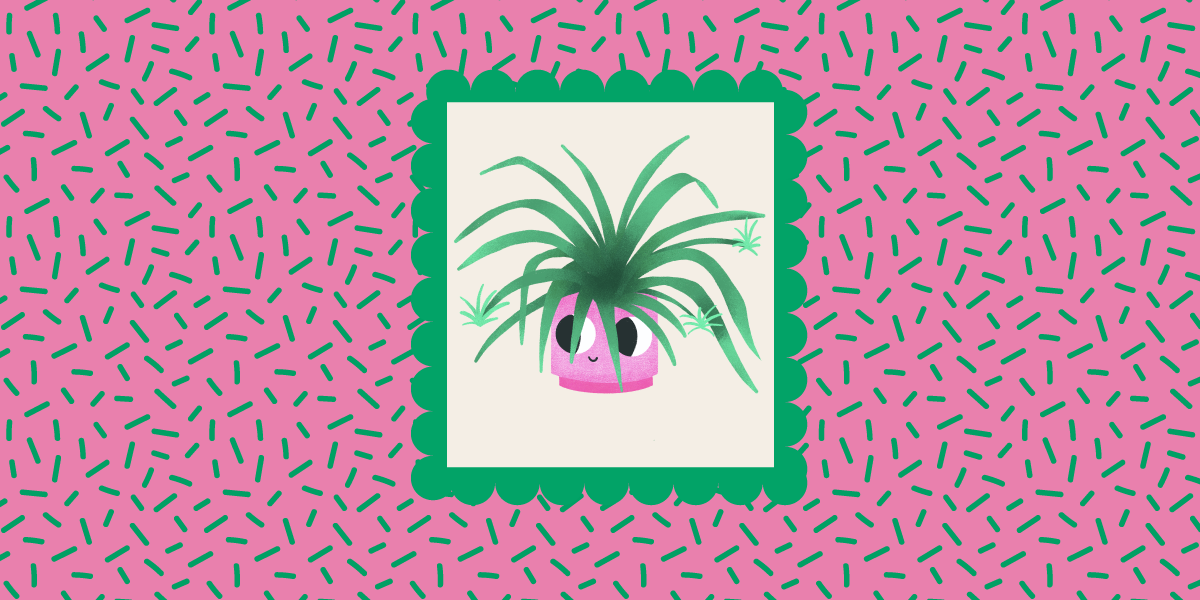Humidity and Houseplants: 3 Lessons Every Beginner Should Know
Humidity for plants is like moisturizing for humans: It feels legitimately magical once you understand how much the right approach makes a difference. If your Plant Pals are properly-hydrated, every other aspect of their health and happiness becomes that much easier.
But I’ve also brought my plants with me across every climate type in North America. I know that sometimes dry air is the name of the game. So humidity had to be part of our Plantastic Six Pack. And my life in Canada has taught me how to keep my houseplants happy even during some very long winters. That’s why I’m sharing the 3 lessons about humidity I wish I had learned when I was a newbie Plant Person.
Lesson 1: Why houseplants need humidity.
It’s science time! If the air around your houseplants is too dry, the water in their soil will evaporate faster than they can process and absorb it. This leads to a heightened chance of dehydration, and no one wants that.
Each plant species has its own preferred humidity levels, but most houseplants prefer humidity levels between 50% and 80%. (With the exception of succulents and cacti, because Desert Plants are just built differently.) Considering most houseplants are tropical or subtropical, this makes sense, right? They are used to living in warm and balmy conditions.
But even if your Plant Pals aren’t fully dehydrated, a lack of moisture has other consequences. Just like your hands get dry and your lips crack in the winter air, the leaves on your plants will start to crack at the edges, and eventually turn brown, crispy, and start curling.
So for everyone’s sake, aim for that humidity sweet spot.
It's also worth mentioning that there are differing opinions on the ideal humidity for houseplants. The Sill suggests that lower humidity percentages are acceptable, as low as 30%, especially for certain species. However, it's important to note that while plants may be able to tolerate lower humidity levels to some extent, they will always do better if they’re in the higher humidity range I suggested above. Remember, we don’t just want your Plant Pals to survive—we want them to thrive!
Lesson 2: Misting your plant isn’t enough to raise humidity.
I know many people swear by misting their plants. Maybe you’re even one of them! And if it makes you happy, it couldn’t be that bad. But misting alone doesn’t help your plant get the humidity it needs in any meaningful way.
When we talk about humidity and plants, we’re talking about relative humidity; the air in the climate around the plant. Misting a plant just makes the plant itself wet, and at best that will increase the relative humidity levels by a few percentage points.
So if the plant is covered in a layer of condensation but the air around it is still dry, it’s like trying to stay warm in the winter by taking a hot shower and then going back into a cold room, naked.
To Mist Or Not To Mist is still one of the great ongoing Plant People debates, and it’s mostly harmless. But in terms of humidity levels alone? You’re better off buying an inexpensive hygrometer to check your home’s humidity levels, and investing in a humidifier if need be. A spray bottle just isn’t enough.
I’d be remiss (re-mist?) to mention that there are some benefits to misting. It’s a great way to clean plant leaves, and it’s also helpful for foliar feeding (fertilizing via the leaves), and preventing some pests like aphids and spider mites from popping up. It can also serve as a fine supplemental humidity solution alongside other methods, but misting shouldn’t be your one and only option!
Lesson 3: How to check how humid your house is.
This involves some tools, but there’s unfortunately no better way to get the hard data you need here. Let’s take this step by step:
- Buy a hygrometer. Put batteries in it and check the levels while directly beside your plants.
- Check and record your levels. I’d aim for a bare minimum 40% level (I know how hard it is to raise humidity in Canadian winters!) and as close to the 60%-80% range as possible.
- If you’re within that range, you’re good!
- If not, consider buying a humidifier.
But that’s not your only option. I’ve had personal success by grouping my plants together, because that does increase the relative humidity in their shared space.
I’ve also used a pebble tray with individual plants who needed special attention. The biggest risk there is fungus gnats, so make sure to swap out your standing water regularly.
And of course, a humidifier is a great solution to raise humidity that benefits both you and your Plant Pals! Especially in those dry seasons.
How can all this help you today?
Monitoring and responding to your home’s humidity levels is an overlooked and frustrating part of keeping your houseplants happy and healthy. So getting into it now will give you a lifetime’s worth of good habits to lean on. With these lessons, you’ll be able to accurately pinpoint what your Plant Pals need. You’ll also probably have fantastic skin, as a bonus.
I used to be totally stumped when the leaves on my plants had dry tips and crispy edges; checking the humidity levels in each room helped me solve that problem and saved me a lot of misdiagnosing my plants in the long run. Now you’ve got a head start!
If you want to keep on growing, catch up on the other Plantastic Six Pack blogs here!
Krista's Fav Humidity Supplies
- Humidifier
- Demineralization cartridges (white dust is a real pain to clean up, so these are a must)
- Hygrometer



